Learning about herbs can be overwhelming. There are many books, videos, blogs, online classes, and magazines devoted to teaching you about herbs. When there are too many choices it’s hard to decide where to even begin.
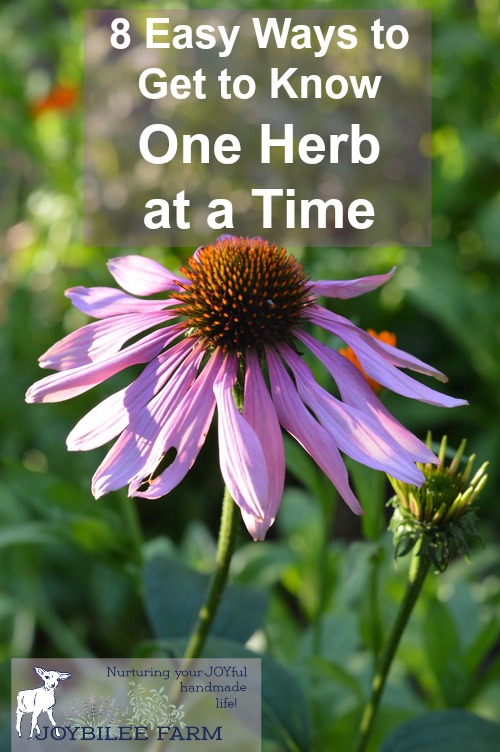
John Gallagher of Learning Herbs, compares it to being in a crowd of people, but then finding one friend in the crowd. You pick your friends. You get to know them overtime. You trust them. You can rely on them when you need them most.
By studying one herb at a time we make friends with a small number of plant allies, building trust. It’s better to have a few close friends to rely on every day, than a crowd of allies that you hardly know. As we grow in our intimacy with our plant allies we are able to introduce them to our friends, confidently, because we know how they will behave.
Here’s 8 easy ways to make friends with one herb at a time
1. Herb-of-the-Month Immersion
Pick an herb to focus on each month. If you are just starting out begin with an herb that you already like. Perhaps choose one that you cook with now, like ginger or sage.
Each month pick a new herb to get to know better. Pick herbs with different actions like digestive herbs, stimulant herbs, tonic herbs, and expectorant herbs. Many herbs have more than one action. Get to know one or two herbs in each group of actions. This will introduce you to many herbs that can help you solve minor health issues.
Get a small quantity of dried herb at the beginning of the month. If your plant ally has different parts with different actions be sure to order some of each part. For instance, don’t just order elderberries, order elder flowers, too. This way you can experiment with different ways to work with the plant. A half a pound is a good amount to start with.
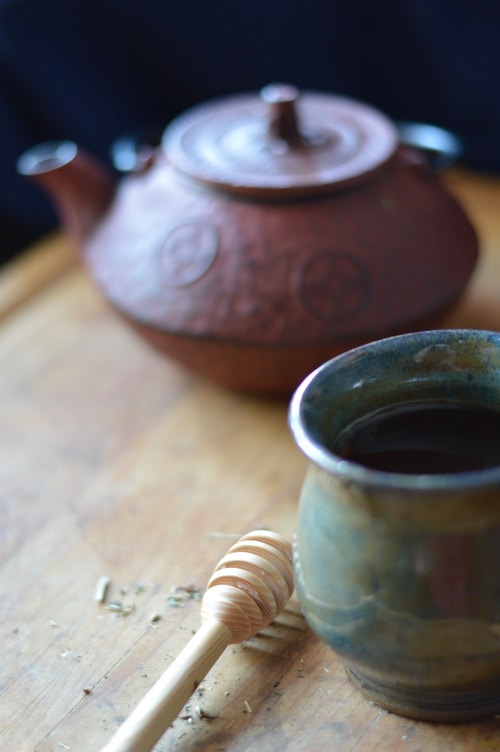
Taste it in a tea or decoction. Nibble on a leaf. Does it make your mouth pucker? Is it dry? Is it slimy? Is it warm and spicy or cooling and bitter? How an herb tastes and feels in your mouth, gives you some idea of the actions you can expect from it. The taste is an important indicator of herbal actions. Bitter herbs are cooling and stimulate the liver. Spicy herbs are warming. Slippery herbs are soothing and moistening.
Smell it. Plants have signature odors. Mint smells, well, “minty” and cool. Valerian has a characteristic smell that makes some people feel queasy. Yarrow smells ‘medicinal’.
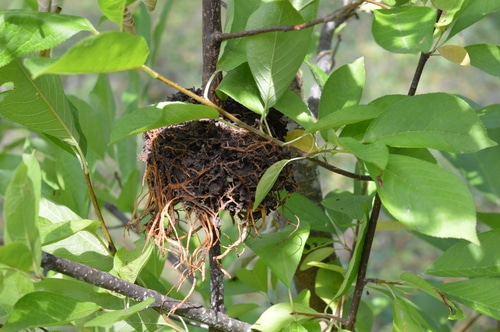
Grow it. Plant seeds or get a potted plant. Grow it in a container or put it in a spot in your garden. By growing it yourself you’ll be able to observe the life cycles of the plant and know how to maintain it, as well as how to harvest it. Is it an annual, biennial, or perennial? Does it reseed easily? Do you need to contain the root to keep it tame?
2. Keep an herb journal
Another way to get to know one herb at a time is to keep a journal of your experiences with the herb. What you observe and write down you will remember better than just reading about it. You can write dated entries in your journal of your encounter with the plant and what you observed. You can record your research about the plant. You can record recipes, and your experiences with taste, touch, and smell. Your journal becomes raw data of your observations, that you can later draw on to create a Materia Medica on that plant ally.
3. Create a Materia Medica to help get to know your herb
A Materia Medica is a formal way of studying one herb at a time. The Materia Medica gives you a systematic way to record the knowledge about an herb. A Materia Medica draws on research as well as observation.
To create your Materia Medica, use herbal books from your home library as well as online sources. Be sure to use resources that draw on Western Herbal Tradition, as well as the Eastern and Ayurvedic Herbal Traditions. What about Middle Eastern Herbal Tradition and First Nations Herbal Traditions? Do you have a family tradition with the herb?
A Materia Medica should include:
- The botanical and folk names of the plant
- A description of the growing habits of the plant
- The energetics of the herb – whether it is cooling or warming; moistening or drying
- What part of the plant is used and when to harvest it
- Constituents – chemicals that make up the active ingredients in the herb
- Herbal actions
- A description of the plant and what it is predominantly used for
- Historical uses of the herb including how indigenous people used the herb
- Standard medicinal preparations and recipes
- Standard dosage
- Recent scientific studies
- Additional information
- Contraindications
If there are any warnings for pregnant or nursing mothers with this herb, note them. Drug interactions should also be included. Is this herb safe for children or babies? Is it considered nutritive, active, or heroic?
When creating a personal Materia Medica for a plant ally, you don’t have to do it all at once. Work on one area of your Materia Medica at a time. Plan to spend at least a month filling out your Materia Medica on your new herb ally. The more time you invest in learning about your new herb friend, the more the information will take root in your mind. You may even find yourself dreaming about your herb. Sometimes your dreams will give you hints at other ways the herb is beneficial in your circumstances.
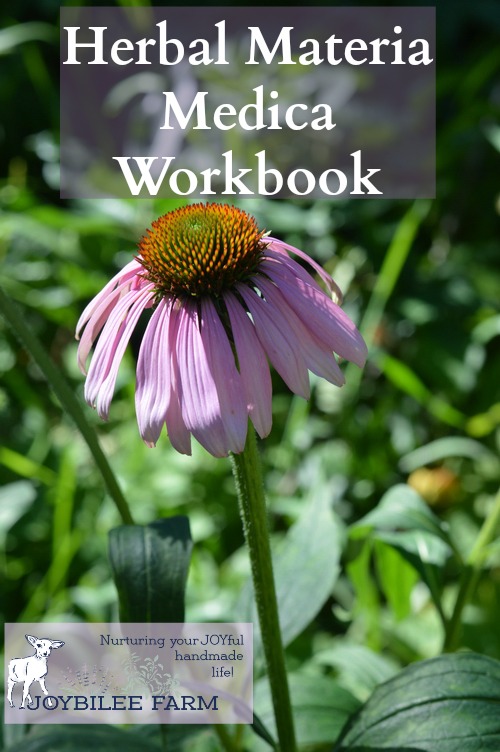
Need help to create your own materia medica?
I made this Materia Medica Workbook that you can download for FREE that will guide you through studying your first herb in depth. You can print the workbook as many times as you need to and put all the pages you create in a 3 ring binder for reference.
Get your copy here:
Get your Herbal Materia Medica Workbook here
You can also sign up for The Herbal Academy’s Materia Medica course for some step by step guidance on making a personal Materia Medica, from the amazing people at The Herbal Academy. (It was free at the time of this writing)
. 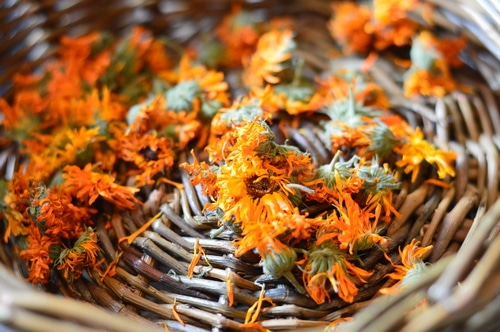
4. Create an herbal simple
An herbal simple is an herbal remedy made from only one herb. A compound herbal remedy uses more than one herb. Many of the recipes on this blog are compound recipes. But when you are first learning about herbs you’ll discover how effective single herbs can be.
As you are learning about one herb at a time keep it simple. You may find several recipes using your choice herb along with other herbs to make compound remedies. When we rely exclusively on compound remedies though, we make herbal medicine more difficult and more expensive. The more complicated we make herbal medicine, the more boundaries we place on ourselves. We start to believe that only people with special education and training are qualified to make herbal remedies.
But that’s not true. Creating herbal simples, using one herb at a time, allows us to trust that herb. Is the herb effective alone? Does it do what it’s supposed to do according to your herbal sources?
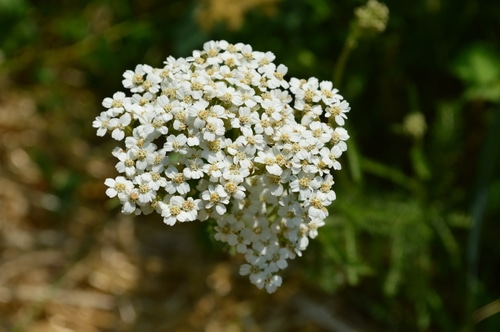
5. Look for your herb in the wild
Use a field guide and a medicinal plant field guide as a compliment to your herbal studies. Does the herb grow near you? Is it a native plant? If it isn’t a native plant is there a similar native plant, from the same family, that does grow wild near you? What other plants might be confused with this plant? Can you make a positive identification using at least 3 indicators?
Many of our western medicinal herbs originated in Europe. These are the herbs most often mentioned in Western herbal tradition, in books. Ayurvedic herbs grow in India and the area around the Himalayans. Traditional Chinese medicinal herbs grow in Asia. However, there may be native North American plants that can be used interchangeably.
Does the native plant have additional actions that the imported herb lacks? For instance, Black hawthorn (Crataegus douglasii, formerly Viburnum prunifolium) grown in Western North America has more anthocyanins than European Hawthorn (Crataegus laevigata). The bark of black hawthorn can be used interchangeably with cramp bark, from the high bush cranberry (Viburnum opulus) to which it is related. [2]
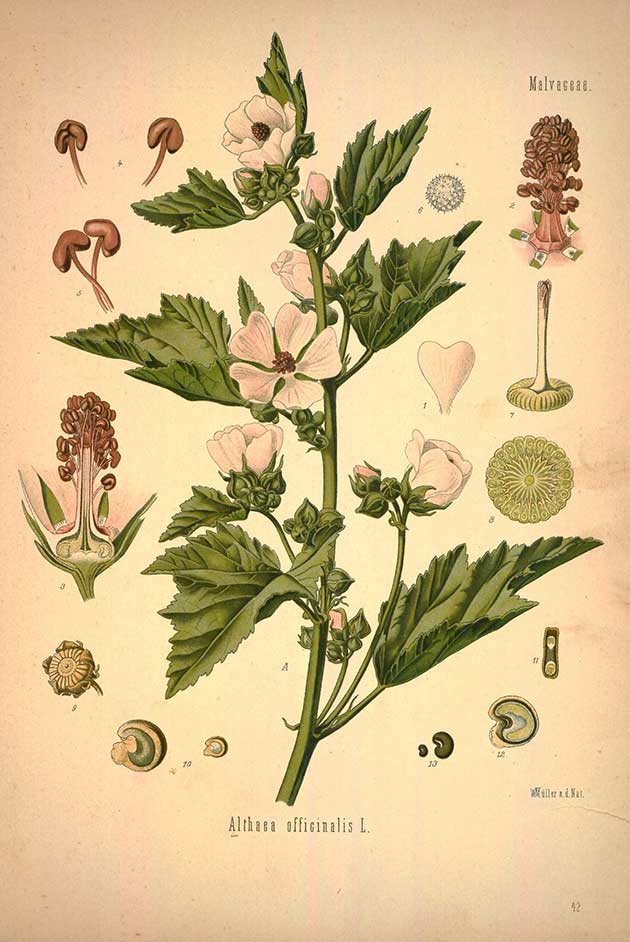
6. Draw the herb
Another way to learn one herb at a time is to draw it or paint it. The discipline of drawing teaches you to observe. Are the edges of the leaves smooth or toothed? Do they grow opposite each other on the stem or alternate? How many petals does the flower have?
Don’t worry if your drawing isn’t “good enough”. Practice will improve it. Drawing is just like handwriting. The more you do it, the better you get at doing it.
If you haven’t done any drawing for a while, your fingers may feel stiff and awkward at first. But if you persist you will find your rhythm.
Draw the herb from real life, if you can, rather than copying a field guide picture. Drawing trains your eye to see.
Photographs are no substitute for physically drawing your plant. They are, however, a good additional source of observation. Taking photographs of your plant allies throughout the growing season, will help you identify it when you need it most.
As you draw the herb note anything unusual about it in your herb journal. Are native pollinators especially attracted to it? Do the flowers open in the morning and close in the afternoon? There is so much to learn about herbs that you may just discover something that no one else has noticed before.
Use this printable Materia Medica Workbook to draw your herbal allies and record your observations.
Get your Herbal Materia Medica Workbook here
7. Use the internet
Maybe using the internet is the first thing you thought of when you decided to learn about one herb at a time. It’s one of the easier ways to study herbs. There’s so much information available online that you need a plan to make your time productive. Let me share my secret with you.
When I start searching for information about my current herbal ally, I go to Google Scholar. Try it. Use the botanical name in your search. You may be surprised to find a number of scientists doing double blind studies on your herb. What are they testing it for? What are their findings? Are they using the whole herb or a chemically extracted supposedly “active” constituent? Understanding this is important in your interpretation of the studies.
For instance, scientists studying turmeric often separate curcumin, one active ingredient found in turmeric. When applying a study that used curcumin extracted from turmeric, you may not find the same results if you were to use turmeric in its whole form.
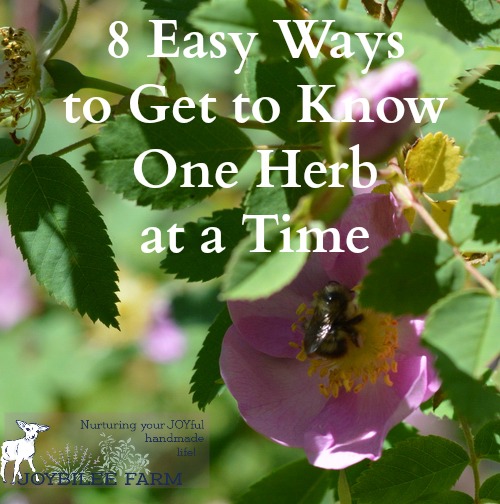
8. Teach your Children and Grandchildren
As you are learning about your plant allies, talk about them with your children and grandchildren. Don’t keep your plants to yourself. Make herbal medicine with your children and talk to them about how the plant is used and what its special affinity is.
If you don’t have children or grandchildren consider teaching about herbs at your local public library, church group, or service clubs. Teaching about your plant allies solidifies what you are learning in your own mind. If you can explain it you know it.
Your turn:
Which herb will be your herbal friend this month? Tell me about the herbal allies you’ve made so far in your journey to learn about medicinal herbs.
References:
- Gallagher, J. (2006, November 16). Learning Herbs transcript interview with Betzy Bancroft. Retrieved February 15, 2016, from http://learningherbs.com/support-files/betzy_bancroft_transcript.pdf
- Hoffmann, D. (1996). The Complete Illustrated Holistic Herbal, A Safe and Practical Guide to Making and Using Herbal Remedies. Shaftesbury, Dorset: Element Books. P. 161



Thank you for this post! I am currently trying to learn about herbs and I was getting overwhelmed. This was so very helpful. Thank you!
I really enjoyed this post. I am a believer in herbs, and I write articles about natural remedies for my website .
Keep up the good work
Jonathan